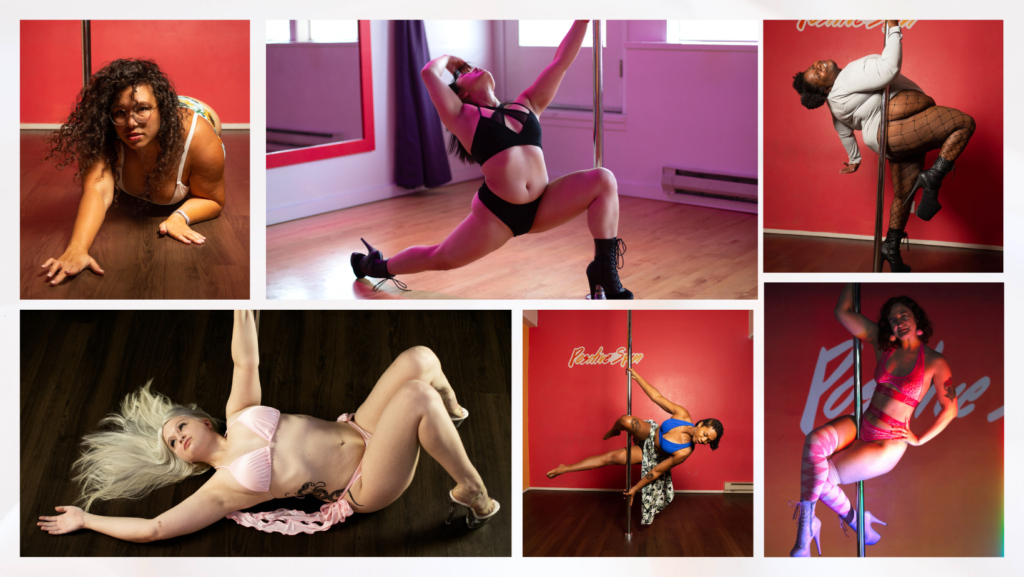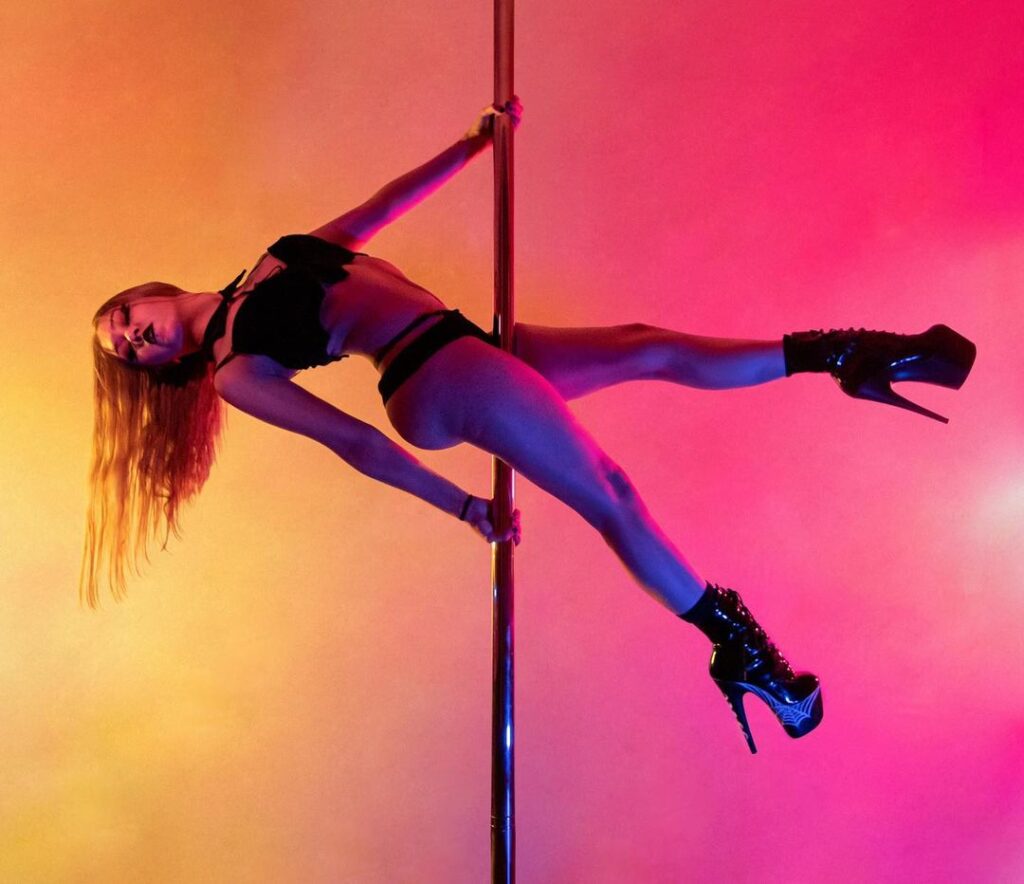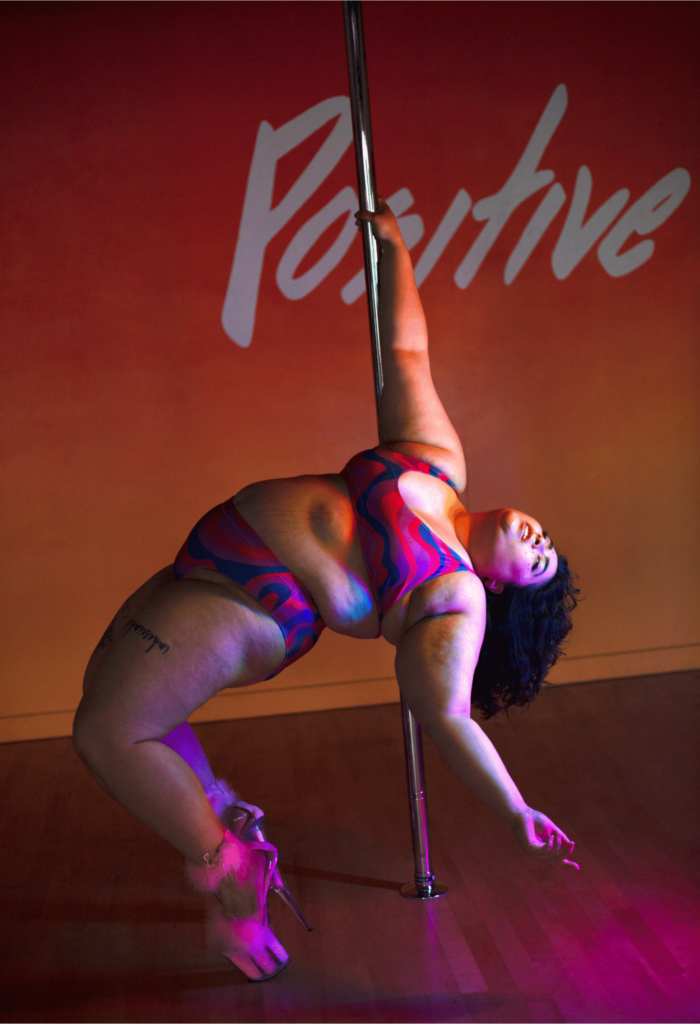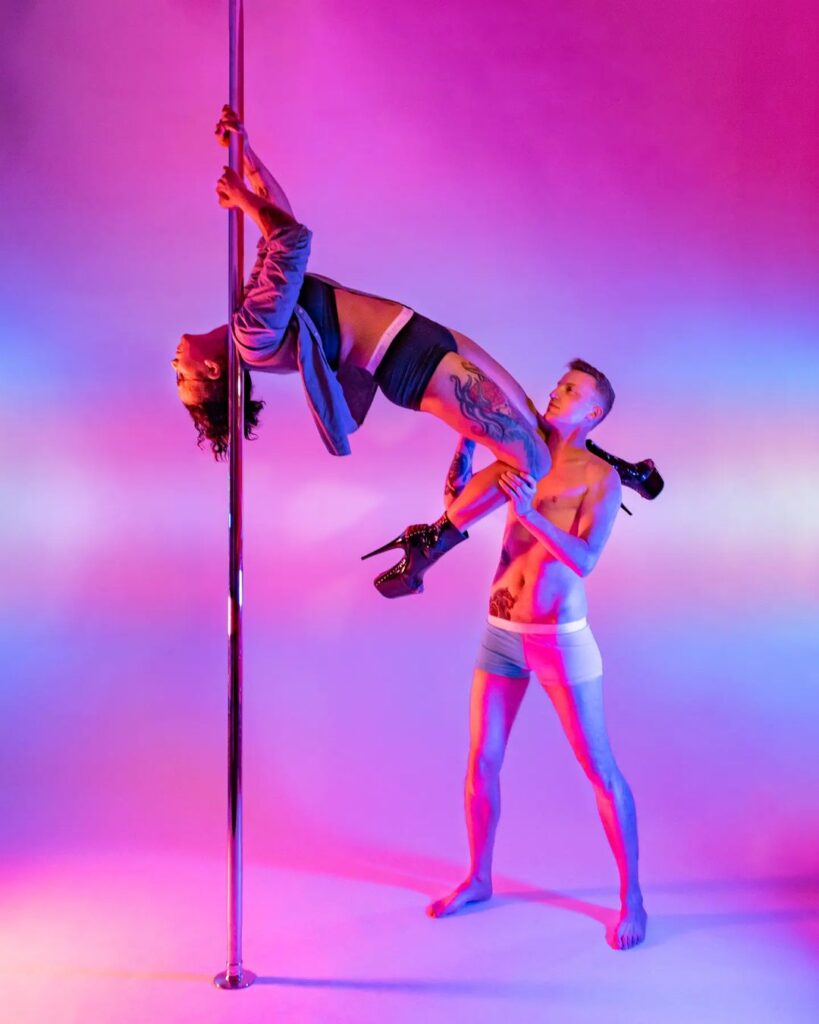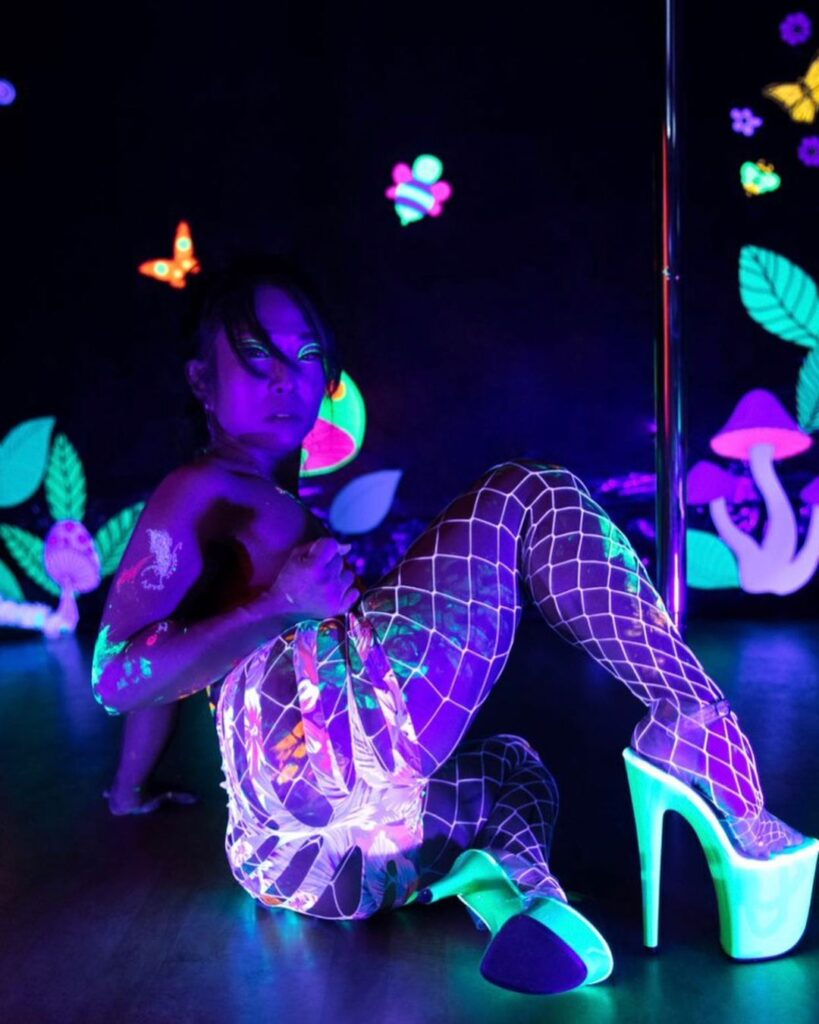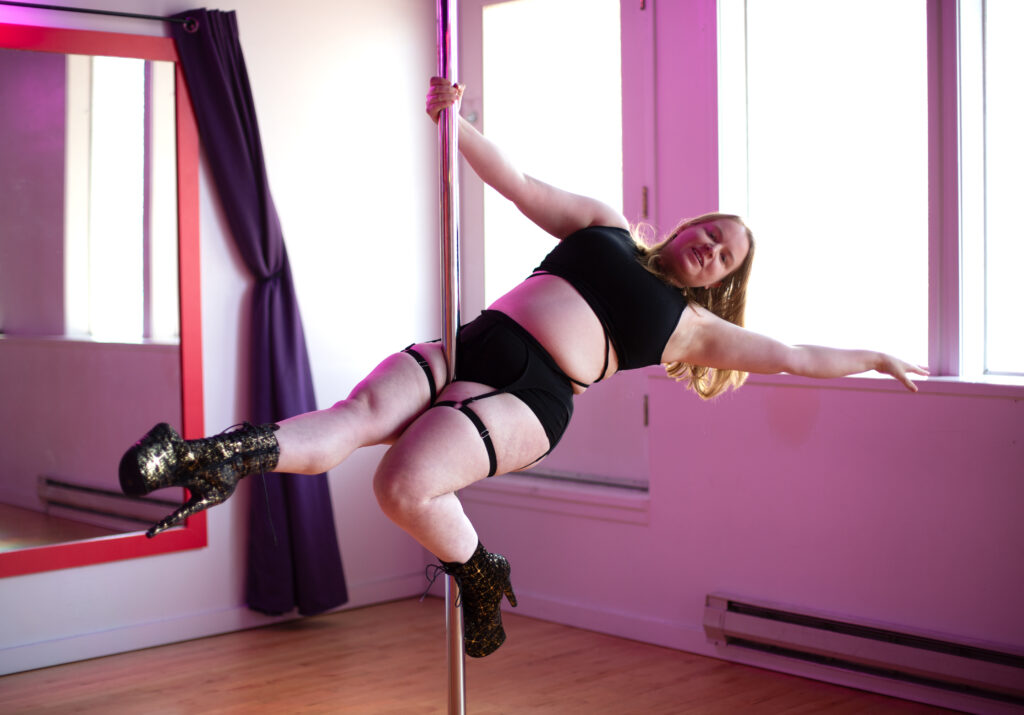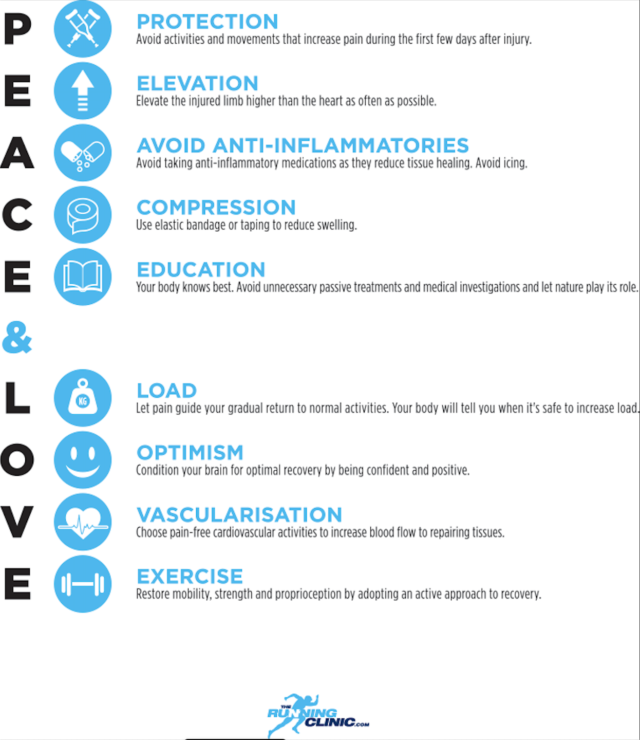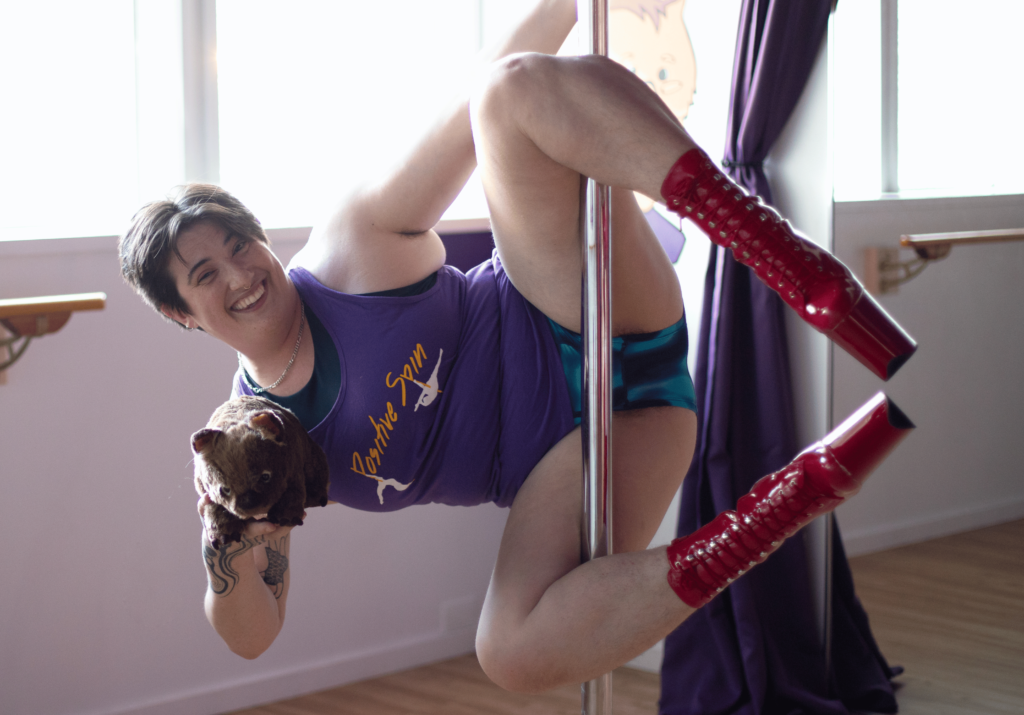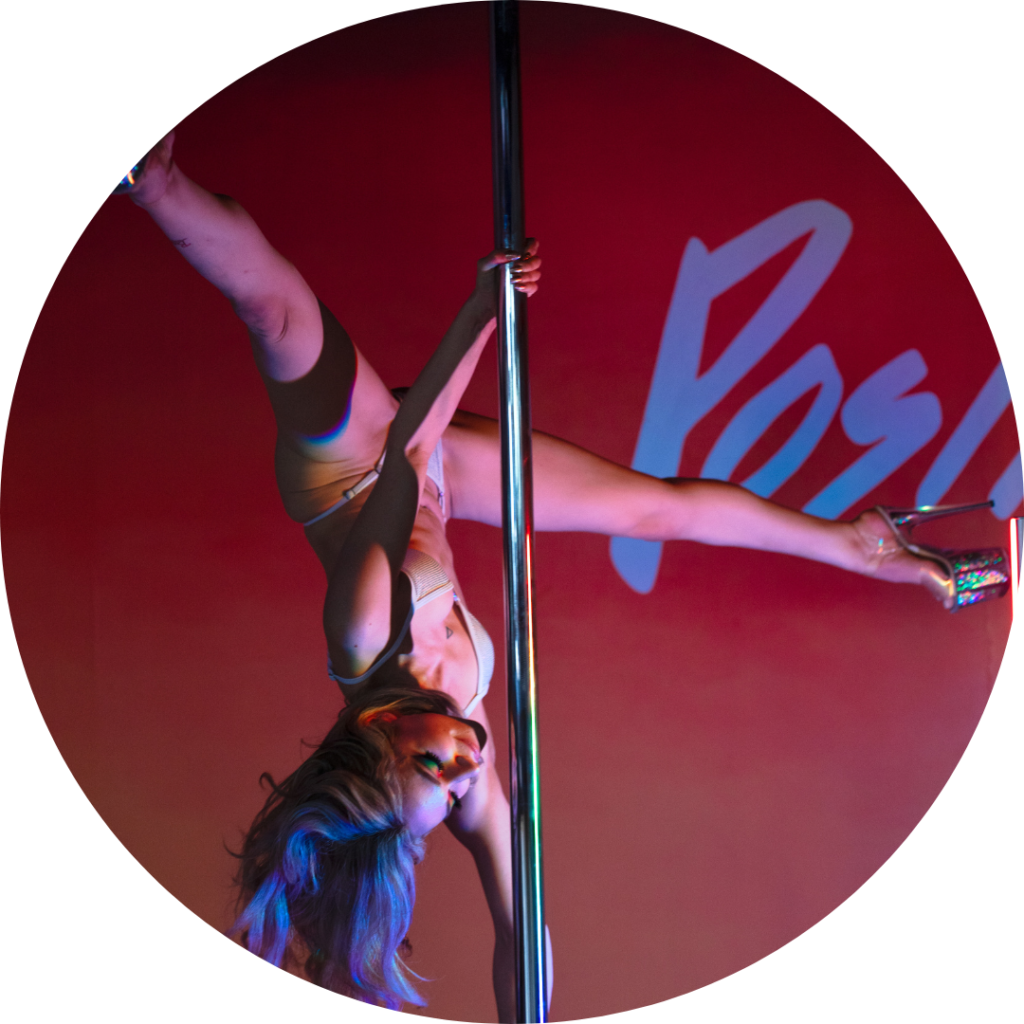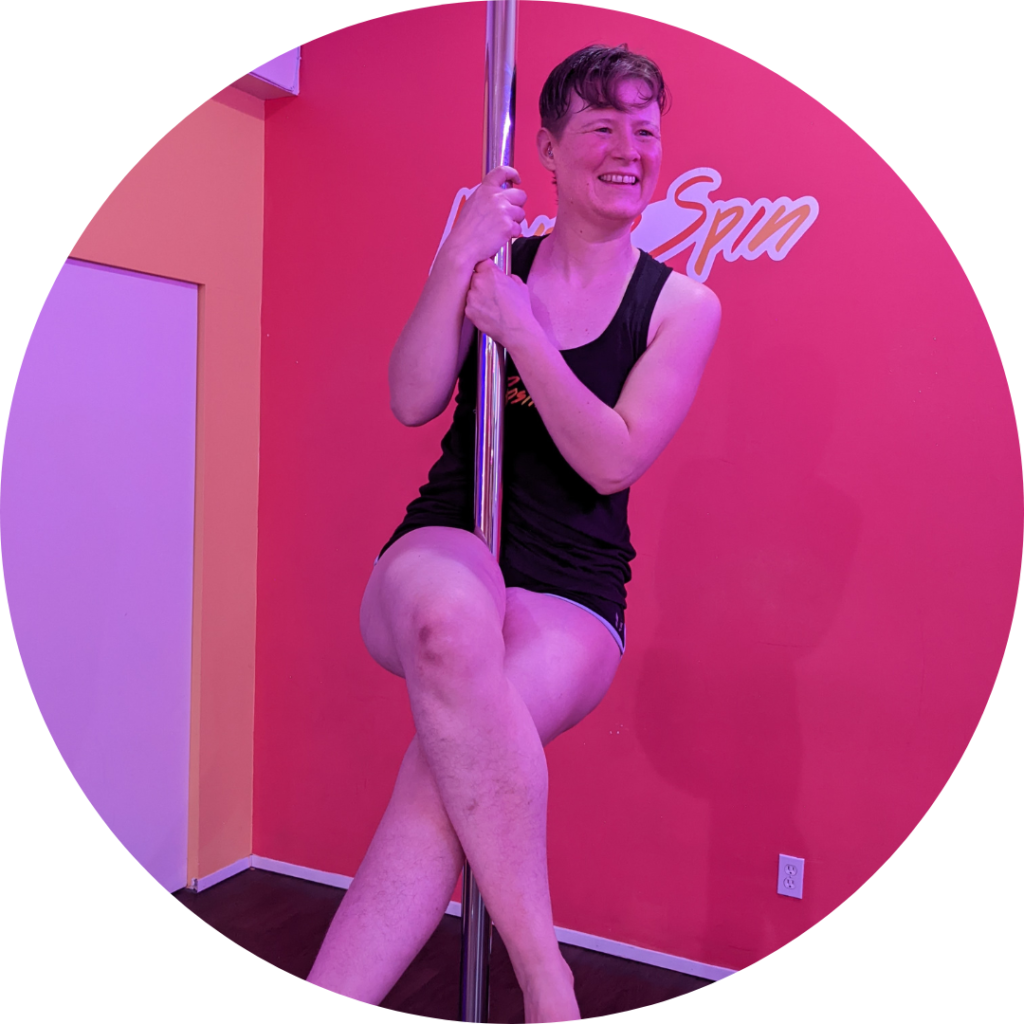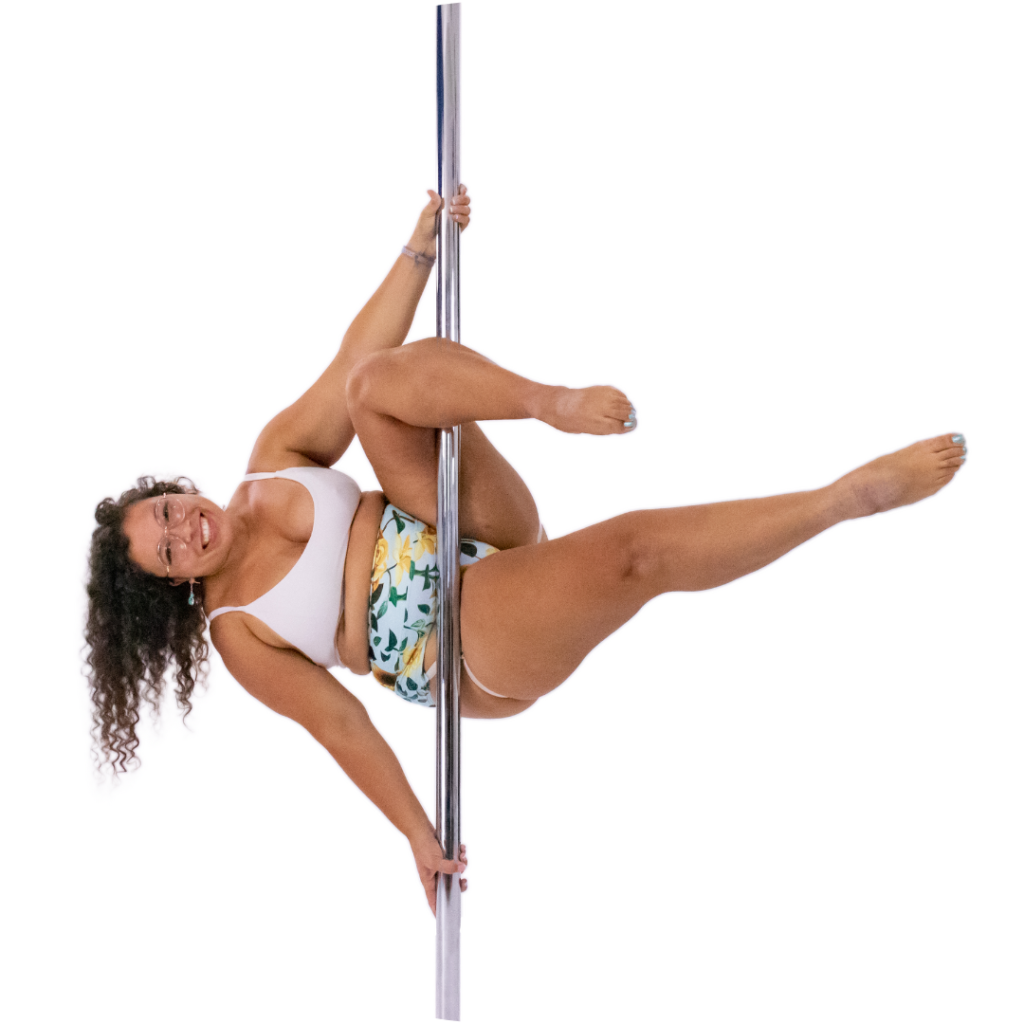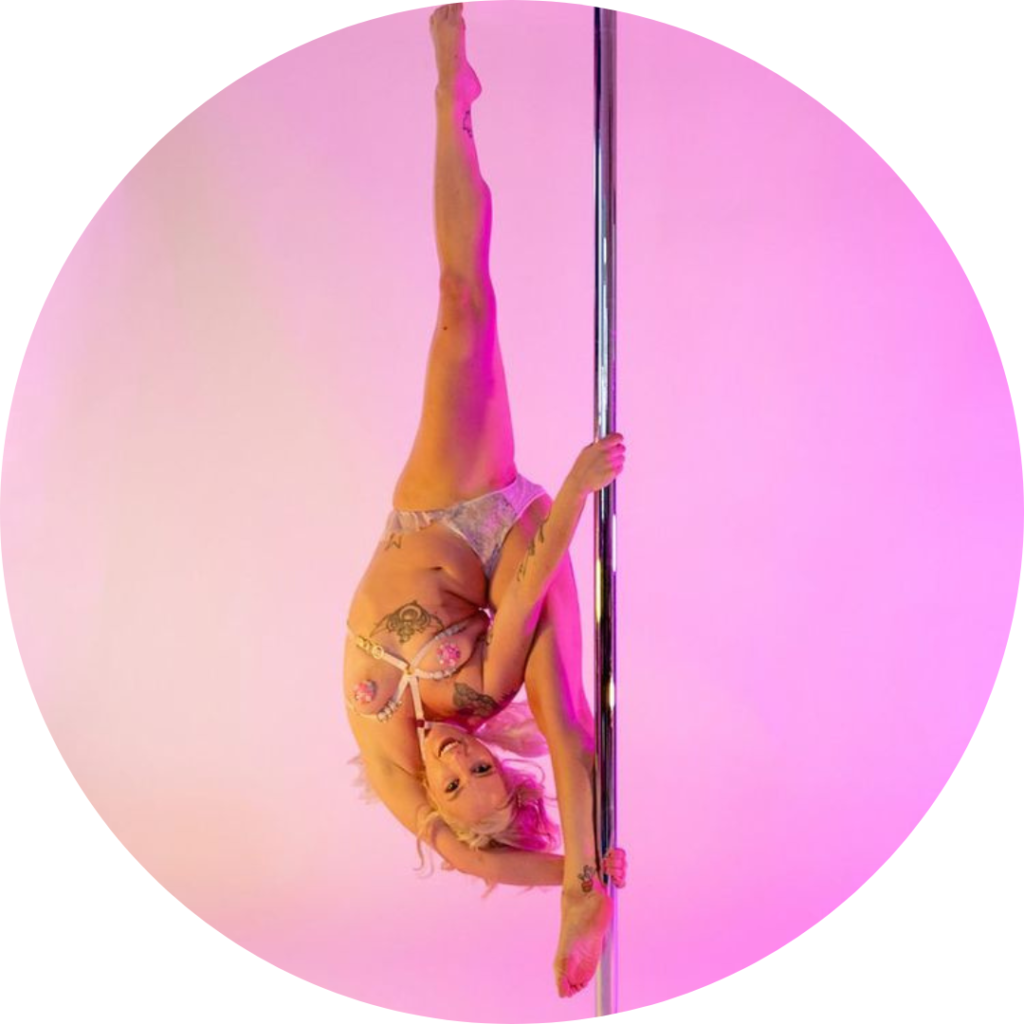Singles, Polycules, and Couples of all genders- we've got you covered!
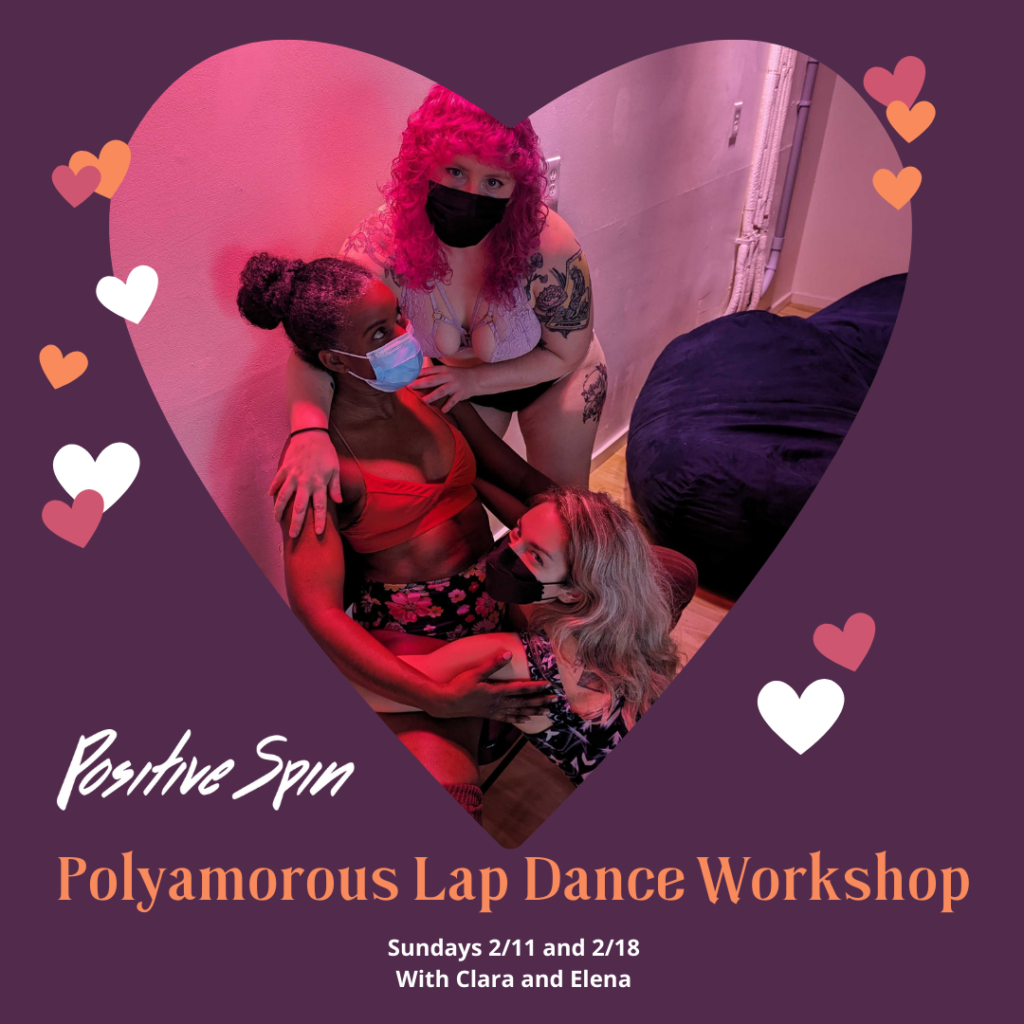
Polyam Lap Dance
Who?
Triads, polycules, and polyam couples that want to dance and celebrate love with other like minded folks. Choreo provided for various group sizes!
When?
Sunday 2/11 or 2/18 at 4pm
Queer Lap Dance
Who?
Anyone who self identifies as any flavor of queer! Come on your own or with a friend/partner!
When?
Friday 2/16 at 7:30pm
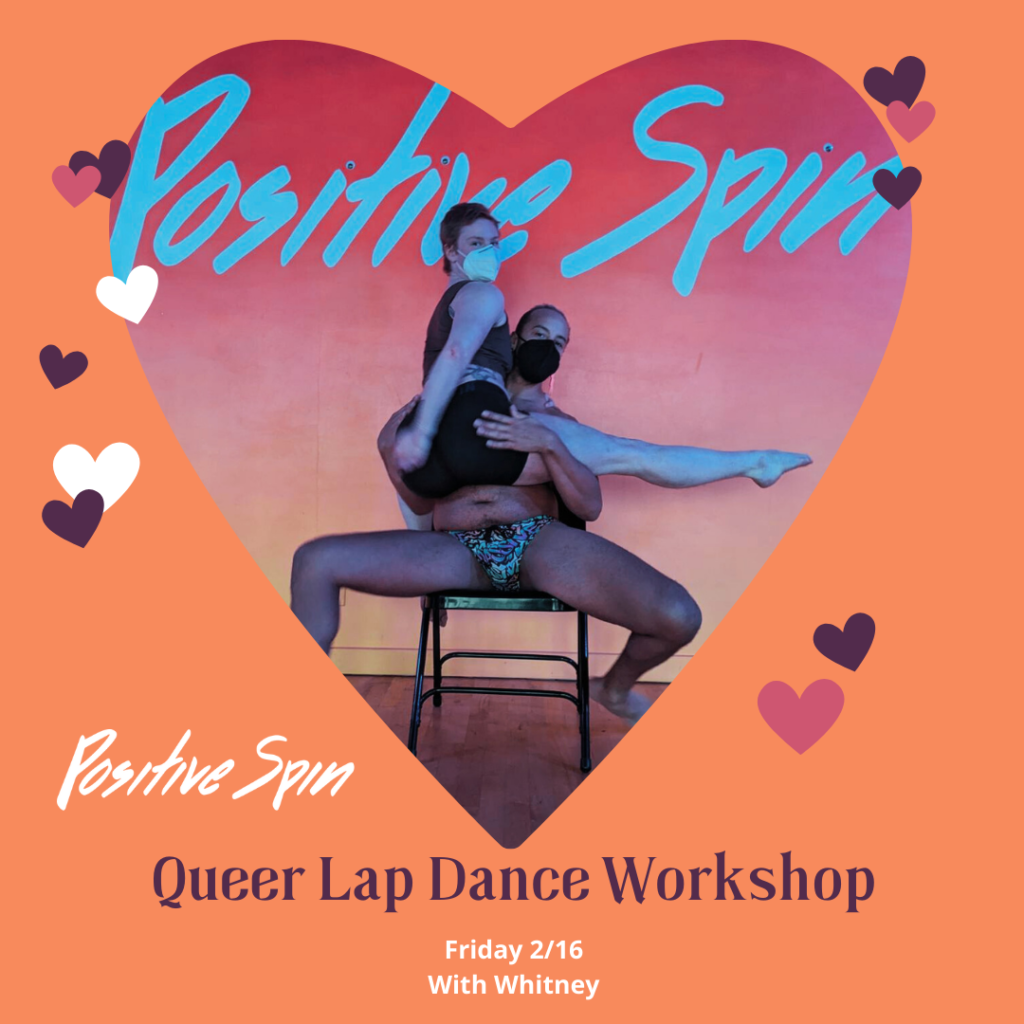
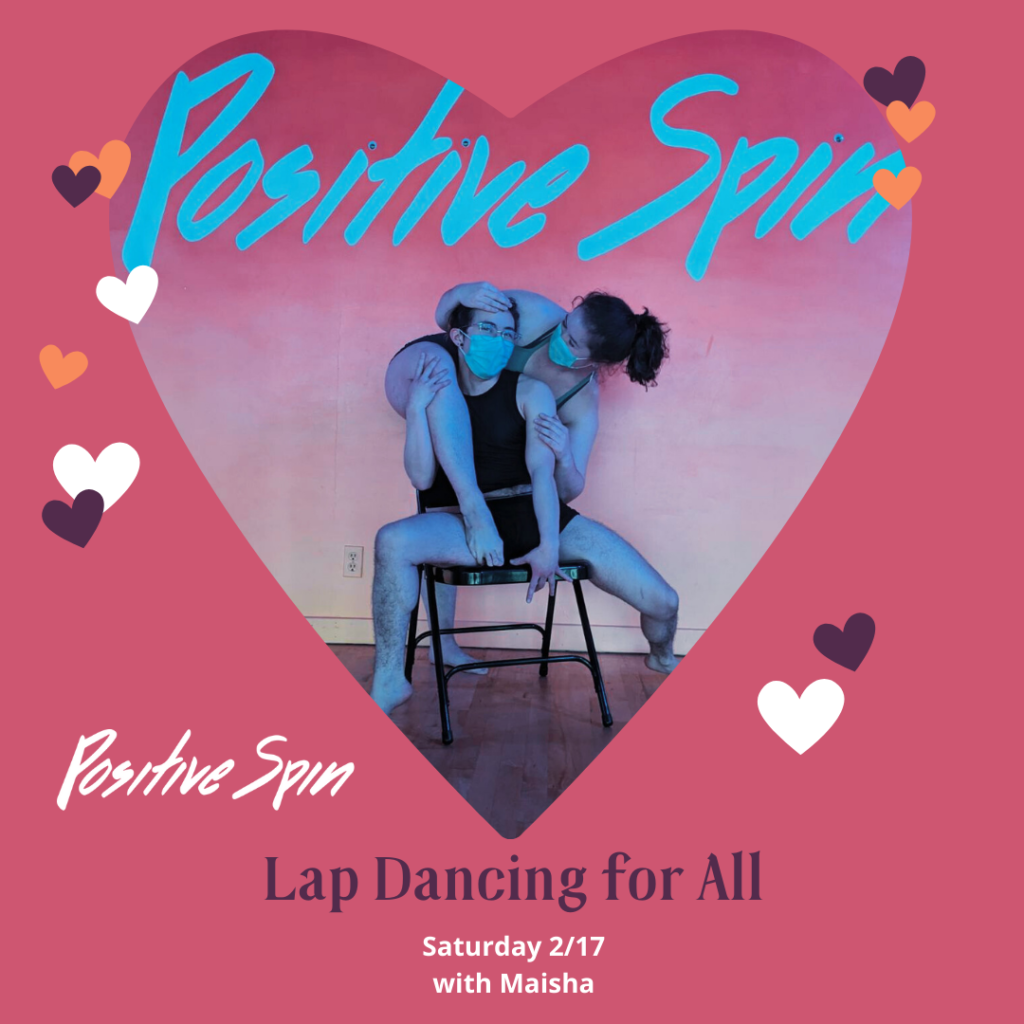
Lap dancing for all
Who?
All! Obviously! But especially couples and solo students who want to pair with someone in class or learn the choreo on their own.
When?
Saturday 2/17 at 3pm
Sign up is $40 per person. Email us at info@positivespinpoledance.com if you would like to register for multiple people. Sign ups are non-refundable.

